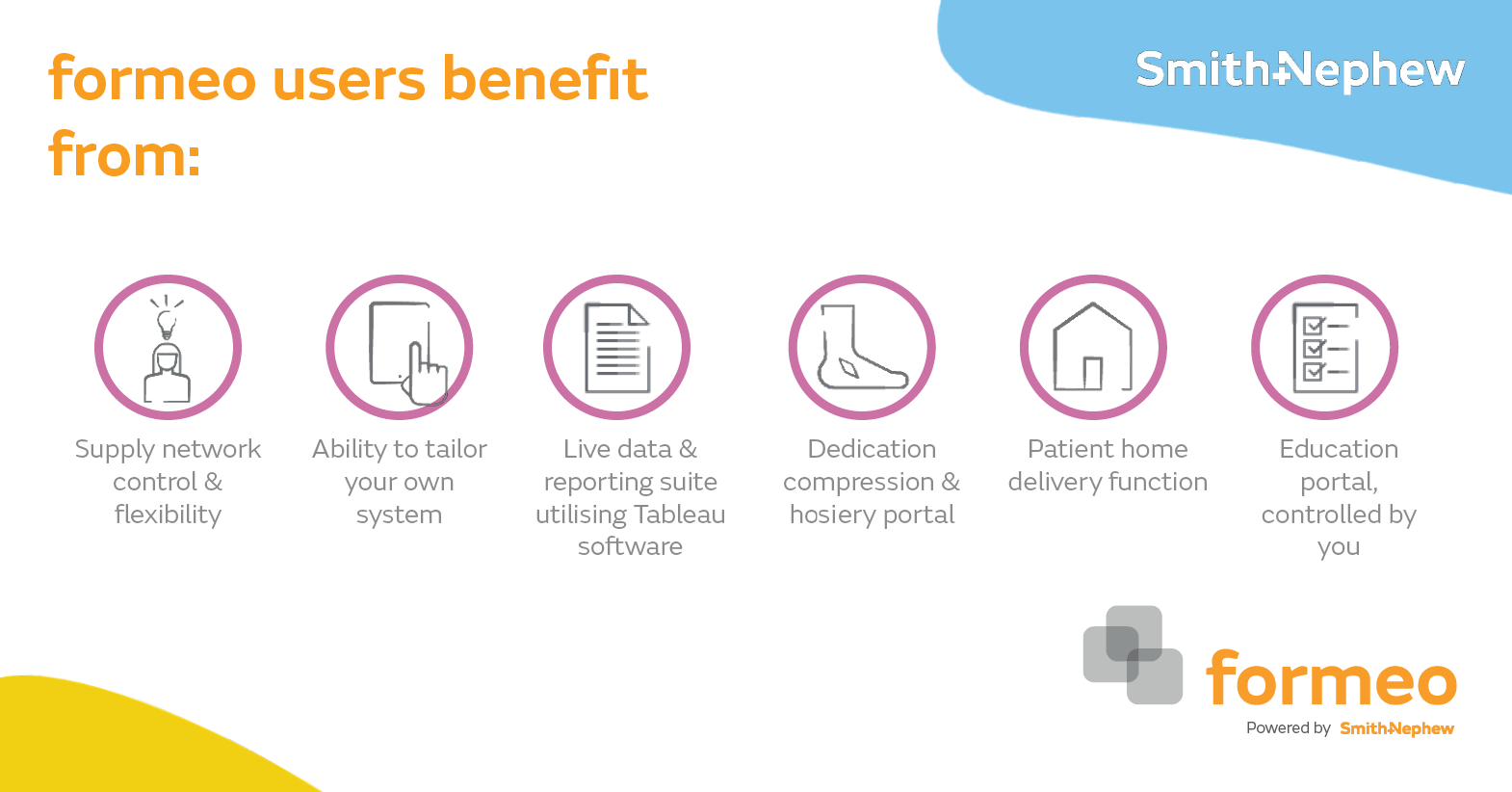Negative pressure wound therapy (NPWT) or topical negative pressure (TNP) has been widely available for around 15 years in the UK. During that time there have been many changes in how and when the systems are used and the type of equipment available.
The development of new brands and a wider range of machines (e.g. portable machines for use in the community) means that NPWT is becoming more accessible. Costs are reducing with the increased competition and as clinicians become more confident, areas of application are extending.
Despite the paucity of high-level research there is a plethora of clinical evidence supporting the use of NPWT and its benefits both for patients and the healthcare system. Reported benefits of using NPWT include:
- Increased local blood flow to the wound through increased dilation of arterioles
- Reduced tissue oedema through the removal of excess fluid
- Stimulation of granulation tissue, resulting in progressive wound closure
- Stimulation of cell proliferation
- Removal of free radicals from the wound
- Removal of slough
- Reduction in wound volume
- Protection from outside contaminants
- Decrease in wound bioburden
- Maintenance of a moist wound healing environment (Wounds UK, 2008).
Since the patent on the original negative pressure system was overturned in 2005, there has been a greater choice of NPWT brands available. For example, systems designed specifically for use on the open abdomen and smaller single-use devices targeted at postoperative or community use. The introduction of gauze as a new wound interface has made many of the systems simpler to use and increased the range and types of wound in which NPWT can be used because of the flexibility it offers.
Despite the clear benefits of NPWT, there are still challenges in implementing its use in practice, not least of which, according to Cochrane, is the lack of robust clinical evidence (Ubbink et al, 2008). However, there is a vast amount of clinical data showing the clear benefits of using this therapy in practice (Leaper, 2009a and b). This does not mean that the use of NPWT is straightforward — there are still many areas where best practice is unclear and experienced clinicians push the boundaries of practice on a daily basis. Some issues remain contentious and the best level of evidence available on which to base practice is currently expert opinion.
The debate asks two prominent wound care clinicians, Steven Jeffery and Kathleen Leak, for their views on the treatment.
Jacqui Fletcher






